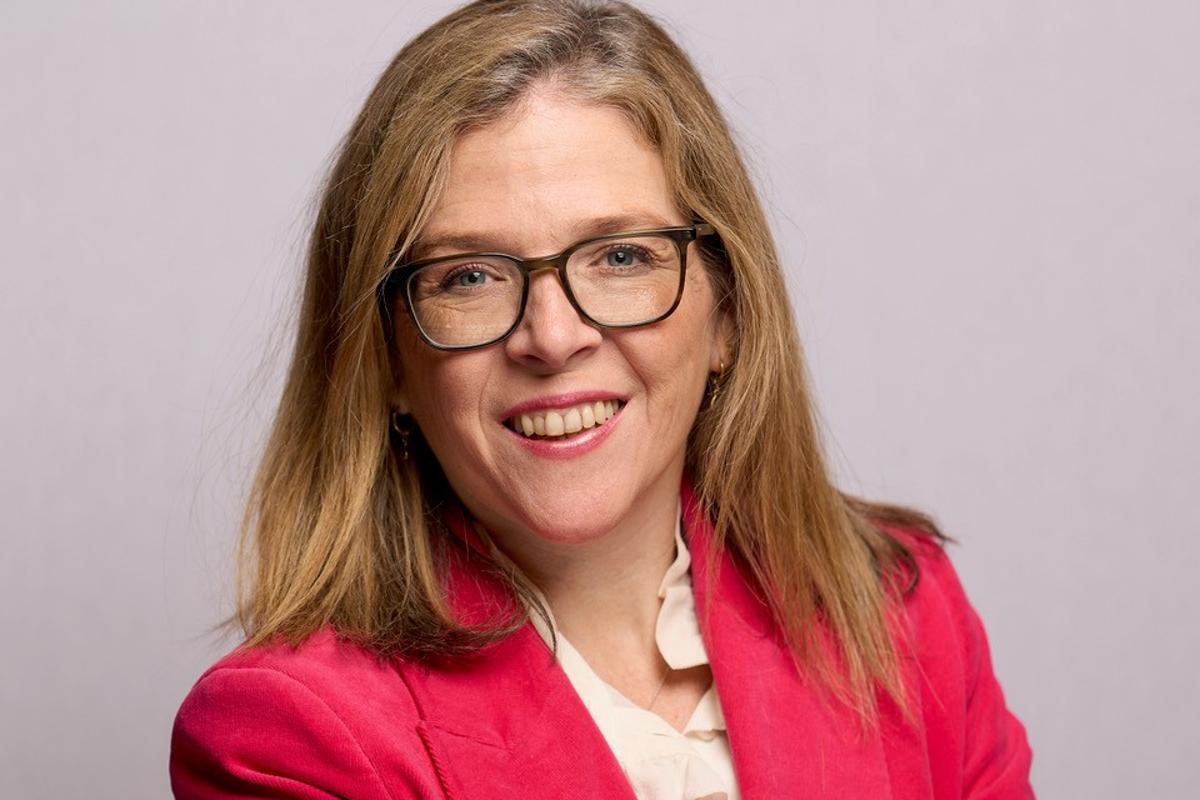Less than half of graduate employers stipulate 2:1 degree for first time: Institute of Student Employers

Institute of Student Employers (ISE) has found that the number of employers stipulating a 2:1 degree as minimum entry criteria for graduate jobs has fallen to 48%.
While a 2:1 degree remains the most common requirement for graduate roles, this is the first time in the history of ISE’s student recruitment survey that the number has dropped to less than half. The number is down from 57% in 2021.
ISE also found that a fifth of companies stipulate at least a 2:2 degree while just 13% set a UCAS point minimum.
Employers are less concerned about the subject studied than students think and even fewer look for a masters qualification. A fifth of employers expect applicants to have a specific subject degree and only 6% require a postgraduate degree.
The report revealed that three quarters of graduate employers set some minimum requirements that a candidate must have to be able to apply for a role. However, since 2013 there has been an upward trend in companies requiring ‘no minimum requirements’. The number of employers endorsing this practice has increased by 5% in the last year to 26%.
More than a third of employers reported that they have future plans to shift to qualification blind recruitment.
Earlier this year ISE member PwC announced that it is removing 2:1 criteria for undergraduate and graduate roles to ensure that it doesn’t miss out on talent.
Stephen Isherwood, Chief Executive at the ISE said:
“Most graduate employers use a wide range of different approaches to select the right candidate. However, many have questioned the use of UCAS tariffs and degree results as selection criteria and this has been in decline over a number of years now.
“This highlights a broader trend in the labour market, whereby employers are placing more trust in sophisticated selection tools. They want to broaden their potential talent pool and the universities, colleges and schools they hire from by expecting less educational requirements.
“This makes sense considering the emphasis on creating more diverse workforces. The shift also reflects the lower application to vacancy ratio in 2022, and the increased difficulty with filling vacancies this year.”











Responses